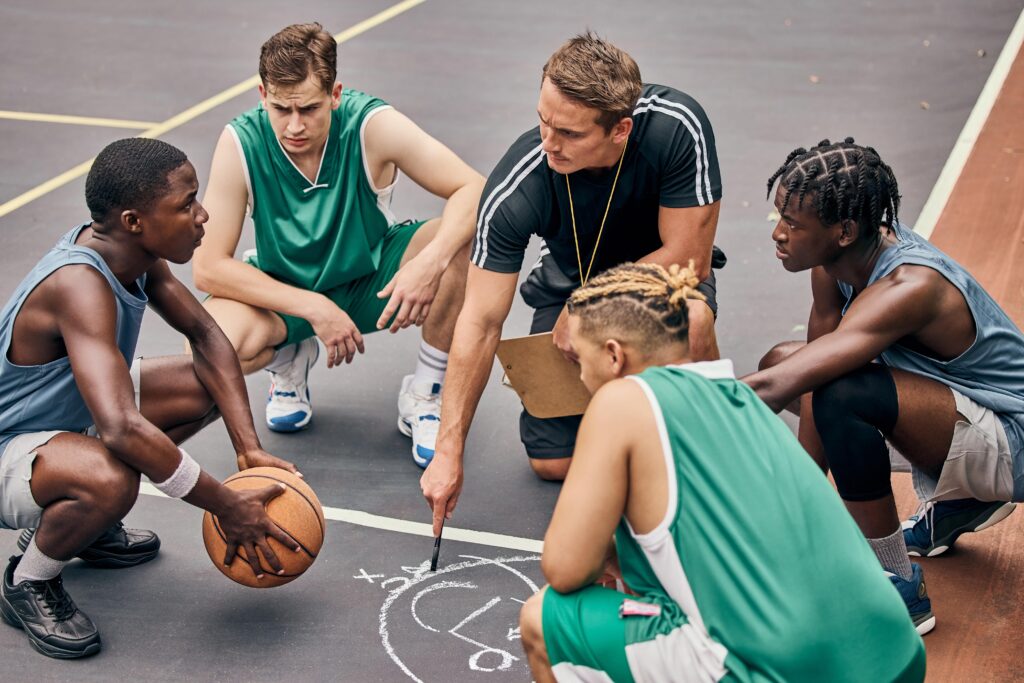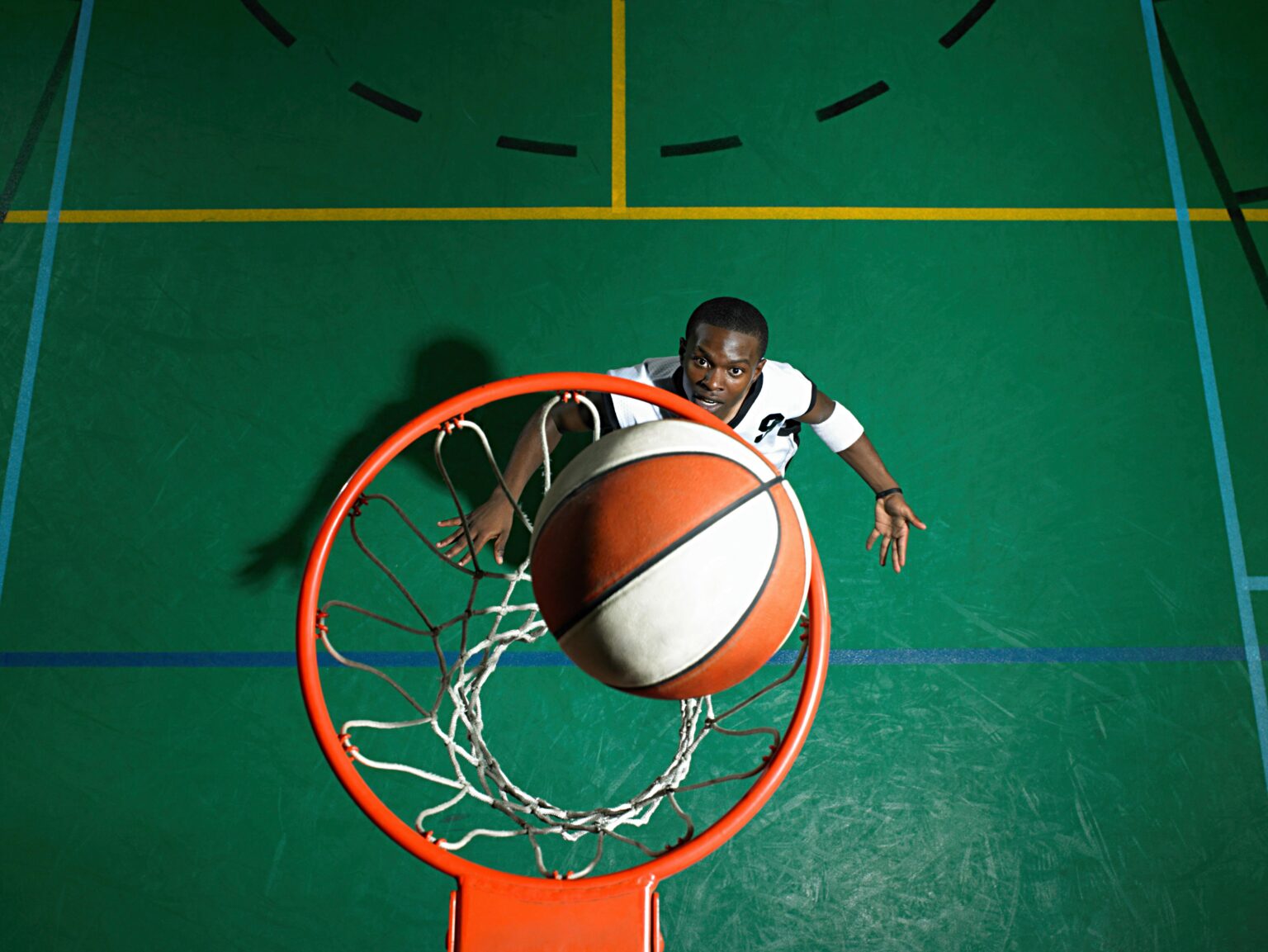Basketball is a tactical and dynamic sport where the success of a team depends heavily on every position on the court. Comprehending the roles and duties of players, coaches, and fans alike can improve your appreciation of the game. In this article, we examine the top five basketball positions and discuss what makes each special and vital.

1. Point Guard (PG)
The Floor General
The point guard is often considered the “quarterback” of the basketball team. This position demands exceptional leadership, court vision, and decision-making skills. Point guards are responsible for:
- Orchestrating the offense: They bring the ball up the court and set up plays, ensuring that the team runs efficiently.
- Distributing the ball: Point guards must be adept passers, creating opportunities for their teammates to score.
- Scoring: While primarily facilitators, point guards also need to be capable scorers, especially from long range.
Defensive role: They often guard the opposing team’s best perimeter player, requiring strong defensive skills and quick reflexes.
2. Shooting Guard (SG)
The Sharpshooter
The shooting guard, or “off guard,” is typically one of the team’s primary scorers. Known for their shooting ability, particularly from beyond the arc, shooting guards have the following key responsibilities:
- Scoring: They are usually tasked with scoring in a variety of ways, including three-pointers, mid-range shots, and drives to the basket.
- Ball-handling: While not the primary playmaker, shooting guards often handle the ball, especially in pick-and-roll situations.
Defensive duties: They are expected to guard opposing wing players, which requires a combination of agility and strength.
3. Small Forward (SF)
The Versatile Playmaker
Small forwards are versatile players who blend the skills of guards and forwards. They are often the most athletic players on the team, with responsibilities including:
- Scoring: Small forwards can score from inside and outside, making them versatile offensive threats.
- Rebounding: Due to their size and athleticism, they often contribute significantly on the boards.
- Defense: Small forwards must be able to guard multiple positions, often switching between defending guards and forwards.
Playmaking: They can also facilitate offense, especially in fast-break situations.
4. Power Forward (PF)
The Enforcer
The power forward is a key player in the frontcourt, known for their physicality and versatility. They play a crucial role in both offense and defense:
- Scoring: Power forwards can score in the post, mid-range, and increasingly, from the three-point line.
- Rebounding: They are primary rebounders, both offensively and defensively.
- Defense: Power forwards often defend the opposing team’s best interior scorer, requiring strength and tactical awareness.
Physicality: They set screens and play a tough, physical game, contributing to their team’s toughness and grit.
5. Center (C)
The Anchor
The center, traditionally the tallest player on the team, serves as the anchor of both the offense and defense. Their role includes:
- Scoring: Centers score primarily from close range, using post moves and putbacks.
- Rebounding: As the tallest player, they are often the leading rebounder, controlling the glass on both ends of the court.
- Defense: Centers protect the rim, blocking shots and altering opponents’ attempts in the paint.
Physical presence: They provide a strong physical presence in the paint, crucial for both defending the basket and establishing post position on offense.
Conclusion
Each basketball position brings a unique set of skills and responsibilities, contributing to the team’s overall success. Understanding these roles not only helps in appreciating the game’s intricacies but also in recognizing the contributions of each player. Whether you’re playing, coaching, or watching, knowing these positions enriches your basketball experience.
FAQs
1. What is the main role of a point guard in basketball?
The point guard is in charge of setting up plays, passing the ball, and directing the offense. They frequently cover the top perimeter player on the other team.
2. How does a shooting guard differ from a point guard?
A shooting guard handles the ball secondarily and concentrates more on scoring, particularly from long range. The main players that initiate play and assist are point guards.
3. Why are small forwards considered versatile players?
Small forwards are extremely versatile players on the court because they can guard several positions, score from a variety of places, and efficiently rebound.
4. What is the significance of the center position in basketball?
Centers are essential for scoring in the paint and creating a physical presence on the court. They also serve as the defensive team’s main source of rebounding and shot-blocking.

